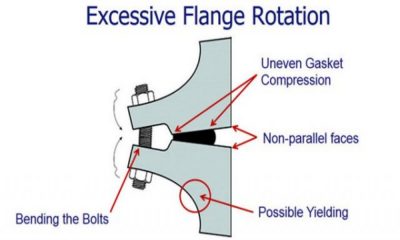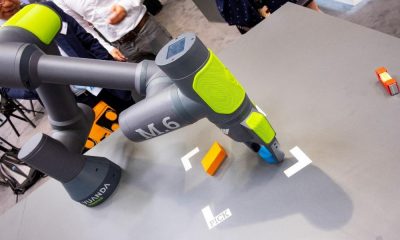Events
A showroom for Leuze sensors
-

 Drive systems5 years ago
Drive systems5 years agoIntelligent frequency inverters for digital production
-

 Industrial Hardware and Machine Parts8 years ago
Industrial Hardware and Machine Parts8 years agoThe necessity of bolted flange connection training
-

 Motors8 years ago
Motors8 years agoNew generation of hollow shaft motors
-

 Industrial Hardware and Machine Parts7 years ago
Industrial Hardware and Machine Parts7 years agoABB and Formula E partner to write the future of e-mobility
-

 Industrial Hardware and Machine Parts7 years ago
Industrial Hardware and Machine Parts7 years agoRexnord adds to its Autogard Torque Limiters with the XG Series
-

 Motors8 years ago
Motors8 years agoZF Technology on the Winners’ Podium of the Dakar Rally 2017
-

 Gear drives7 years ago
Gear drives7 years agoKlingelnberg at control 2018: Tactile and optical measurement on one machine
-

 Motors8 years ago
Motors8 years agoGet a first-class ticket to productivity
-

 Motion control7 years ago
Motion control7 years agoWhere the robots come from?
-

 Motion control7 years ago
Motion control7 years agoRexnord to Acquire Centa Power Transmission
-

 POWER TRANSMISSION TECHNOLOGIES4 years ago
POWER TRANSMISSION TECHNOLOGIES4 years agoEUROTRANS Board meets for its first session in 2021
-

 Industrial Hardware and Machine Parts8 years ago
Industrial Hardware and Machine Parts8 years agoCustom hobbing tool enables 45-degree angles

